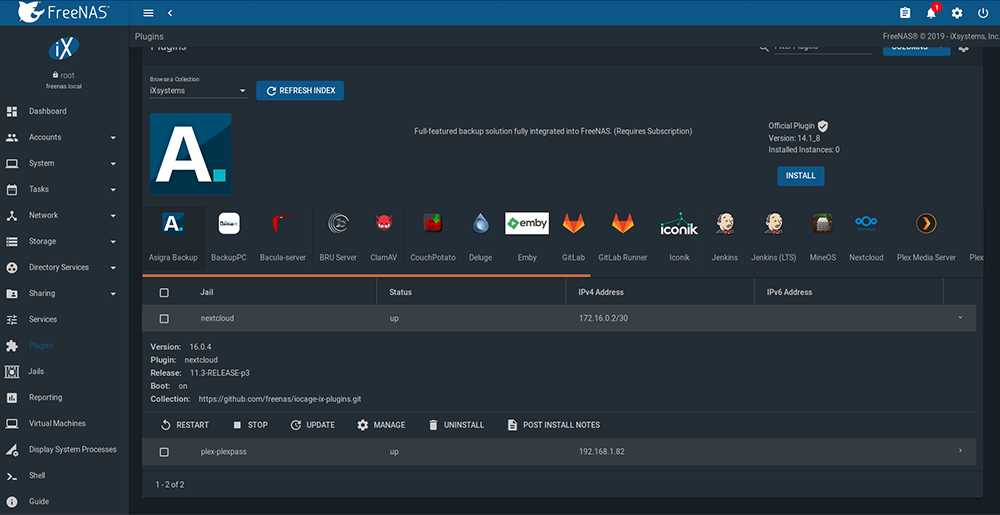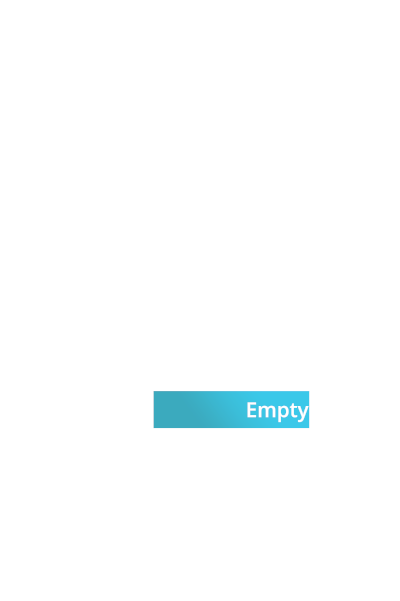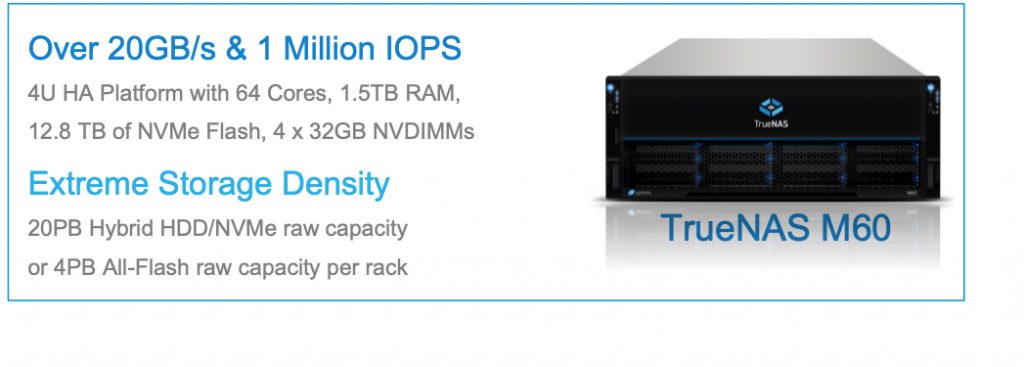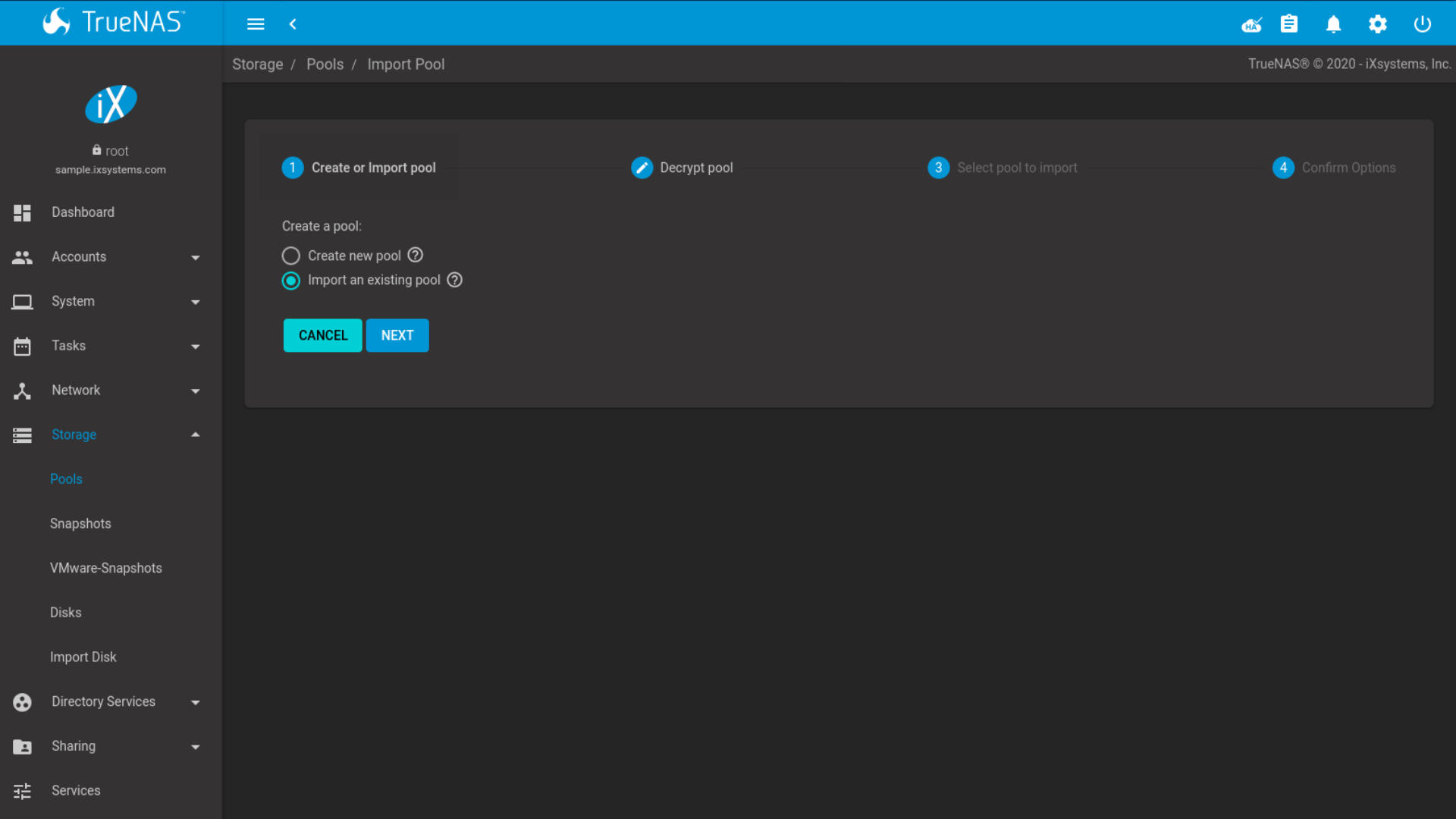

Your NAS chassis can hold a maximum of twelve drives. Let's illustrate the above picture with an example. It does not mark where parity data lives (it's striped across all drives). Please note that the 'yellow' drives mark the parity/redundancy overhead. By having to add an additional VDEV, you will also lose two drives due to parity overhead. With RAID-Z2 however, the 'ZFS tax' is even more clearly visible. Actually, With RAID-Z2 or RAID-6, I think it's perfectly reasonable to run a single VDEV at home with up to 12 drives 1. I personally would recommend running RAID-Z2 over RAID-Z1 if you go over five to six drives and to spend the extra money on the additional hard drive it requires.

This makes sense because a double drive failure is not something unheard of, especially during rebuilds where all drives are being taxed quite heavily for many hours. Many home NAS builders use RAID-6 (RAID-Z2) for their builds, because of the extra redundancy. Planning your ZFS Build with the VDEV limitation in mind You could have expanded your pool with another VDEV consisting of a minimum of three drives (if you run RAID-Z) but the chassis has only room for one extra drive so that doesn't work. This is an example where you are forced to buy the extra space you don't need yet upfront because expanding is otherwise not possible. In this example, you would be better off buying the fourth drive upfront and create a four-drive RAID-Z. Please don't create a three-drive RAID-Z thinking you can just add the fourth drive when you need to, because that's not possible. Let's say you plan on building a small NAS with a capacity of four drives. So back to the topic at hand: what does this limitation mean in real life? I'll give an example. You will have to 'rebuild' or 'resilver' the VDEV after each replacement, but it will work, although it's a bit cumbersome and quite expensive. I will quickly add that there is a way out: replace every hard drive in the VDEV, one by one, with a higher capacity hard drive. And because each VDEV needs to take care of its own redundancy, you also need to buy extra drives for parity. To expand the storage capacity of your pool, you need to add extra VDEVs. This is the key limitation of ZFS as seen from the perspective of home NAS builders. Now it's very important to understand that you cannot add hard drives to a VDEV.

If you lose a single VDEV within a pool, you lose the whole pool. So it's important to understand that a ZFS pool itself is not fault-tolerant. It can even use tripple parity (RAID-Z3) but I doubt many of you will ever need that. A VDEV is either a RAID-1 (mirror), RAID-5 (RAIDZ) or RAID-6 (RAIDZ2). And those VDEVs contain the actual hard drives.įault-tolerance or redundancy is addressed within a VDEV. The main takeaway of this picture is that your ZFS pool and thus your file system is based on one or more VDEVs. There are a few things you should take away from it. The schema above illustrates the architecture of ZFS. To understand why using ZFS may cost you extra money, we will dig a little bit into ZFS itself. This is ideal for home users because you can expand as you need. This is also true for many hardware-based RAID solutions.
#Openzfs truenas software
Other software RAID solutions like Linux MDADM lets you grow an existing RAID array with one disk at a time. This fact is often overlooked, but it's very important when you are planning your build. With ZFS, you either have to buy all storage you expect to need upfront, or you will be wasting a few hard drives on redundancy you don't need. The key issue is that expanding capacity with ZFS is more expensive compared to legacy RAID solutions.
#Openzfs truenas free
But there is a caveat with ZFS that people should be aware of.Īlthough ZFS is free software, implementing ZFS is not free. Many home NAS builders consider using ZFS for their file system. RAIDZ expansion (most requested ZFS feature ever?) is coming, courtesy of Sneak preview at OpenZFS DevSummit!- OpenZFS October 19, 2017 Please note that RAIDZ expansion is under development. The bad news is that adding drives to an existing vdev may accrue some overhead, but the good news is that this overhead can be recovered. I have written a blogpost about this new feature. It will probably be available somewhere around August 2022.

It seems that RAIDZ expansion is now being worked on.


 0 kommentar(er)
0 kommentar(er)
